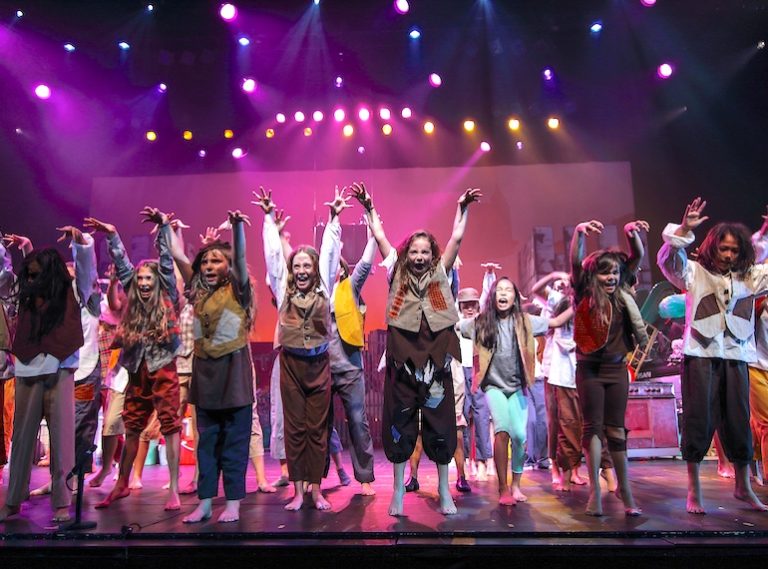
The fictional act of theatre offers a kid an understanding of the potential of language and, by involving others in his activities, he discovers that words render it feasible for him to narrate or arrange an activity. This procedure plays a vital part in assisting the kid make the connection between vocal and written language.
Recognizing the relevance of this element of a kid’s development, many preschool and English enrichment for primary level classes feature a significant play space where children can act out their dreams. On top of which, they plan out drama or theatre activities for children to perform in during the midst of the school semester.
A genuine and natural way to learn English
Making use of theatre allows kids to use English appropriately in actual conversations, sharing emotions and concepts and paying attention to the moods and concepts of their peers. Simply put, English is instructed in the circumstance in which it will be made use of, which is much removed from lists of vocabulary and work-sheets and which makes pupils aware of the language firstly as a means of communication.
The trick here is to make the task challenging, but attainable for each kid. Plays are excellent for this objective, of taking care of varying abilities, as you can provide bigger parts to better pupils, hence keeping them motivated and tested while making it significantly easier for the weaker pupils by providing fewer lines. Meanwhile all pupils will be taking advantage of being in class and hearing the English conversed over and over again.
Suitable for kids of all ability levels
Drama is a suitable approach for teaching children with different learning styles and at different levels of understanding. No person learns in exactly the same way, we all have different methods of handling info. By proactively including him in his own discovering procedure, dramatization enables each kid to take in the language in his personal method.
In a similar way, kids whose language skills are still very restricted are given the possibility to communicate making use of nonverbal cues such as body movements and facial expressions.
Presenting the human slideshow
In the Human Slideshow, we ask students to create “slides” or photographs by striking a pose. For instance, I appoint each team of students one chapter from “The Joy Luck Club,” and ask them to pick the three crucial moments from the part.
They will create a living image to show the moment, and then the storyteller will describe what is happening and why it’s a key instant. If you desire, let them introduce props and create outfits to contribute to the enjoyment of the part.
For instance, we might see one pupil at a piano, pretending to play, while a gleaming instructor looks on happily and the crowd reacts with chagrin.
